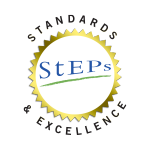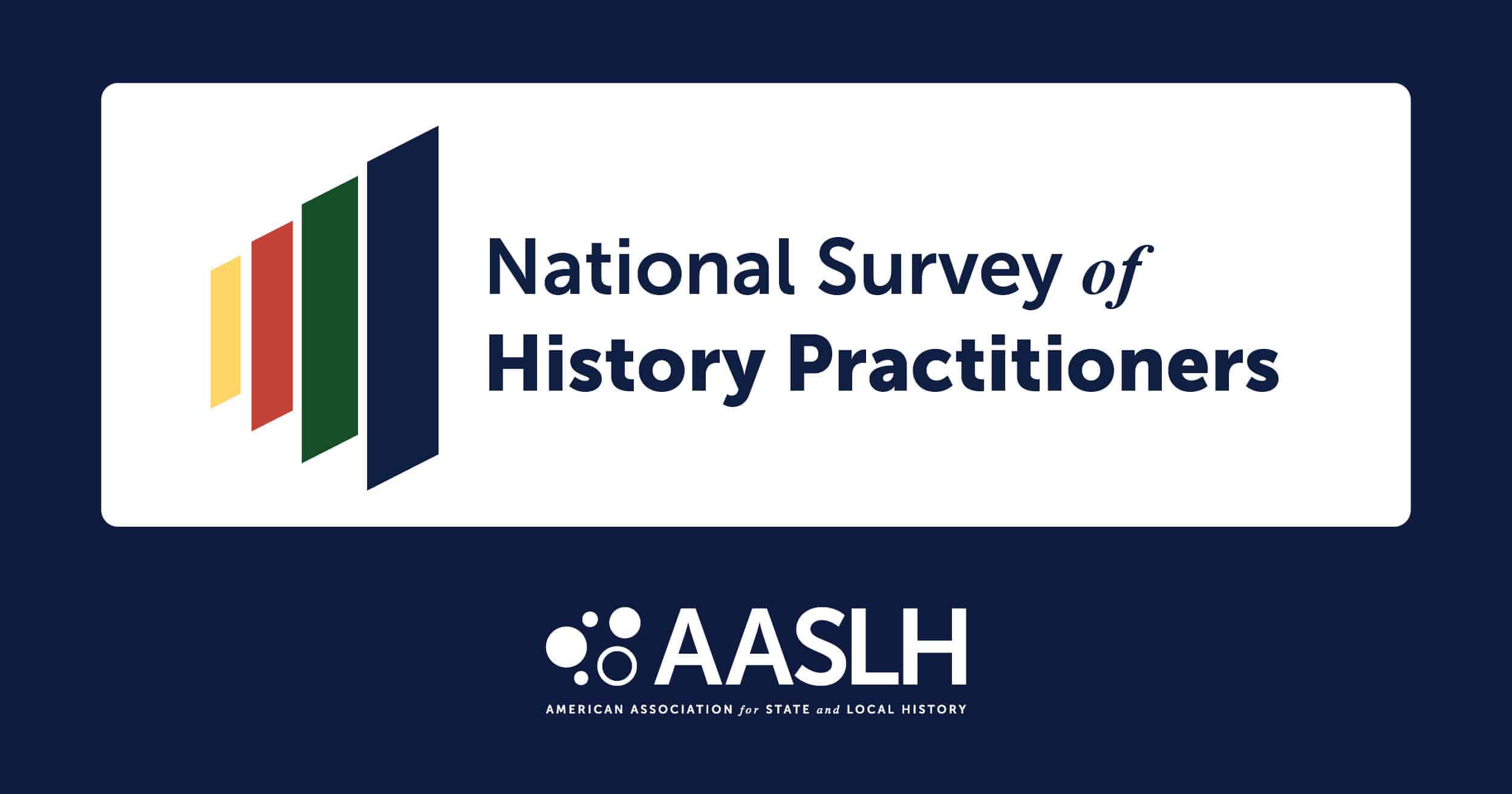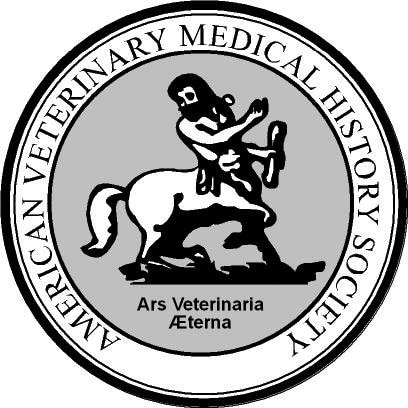 Exciting changes are happening at the nearly 1,000 organizations taking part in the StEPs program (Standards and Excellence Program for History Organizations).
Exciting changes are happening at the nearly 1,000 organizations taking part in the StEPs program (Standards and Excellence Program for History Organizations).
Our “StEPs Spotlight” blog series highlights accomplishments by participating organizations.
Below is another example of how StEPs is helping organizations take a leap forward by improving policies and practices, opening lines of communication, and setting goals for a bright future.
Lorain Historical Society
Lorain, Ohio
The Lorain Historical Society (formerly Black River Historical Society) was founded in 1981 by a passionate group of individuals who wanted to preserve the history of the City of Lorain, initially by collecting fabulous photographs of Lorain’s history. As they grew and found a “home” in a few rooms in an old school building, the group began collecting objects and their artifact collection began. They meticulously kept handwritten index cards of each donation and were proud of how they were able to capture the history of this great industrial city.
After outgrowing several locations, in 1995, the group entered into a long-term lease with the City of Lorain for the Moore House. This was a beautiful piece of property that was built in 1906 by Mayor Leonard Moore. The volunteers were thrilled that they now had a permanent home for their collections of artifacts, photographs and paper records. However, they soon outgrew the Moore House and began looking for additional space. In 2012, the Board of Trustees made the decision to search for an Executive Director who could help them raise the funds necessary to acquire the Carnegie Library Building, an impressive site five blocks down the street from the Moore House. The organization now has two full-time and three part-time paid staff, as well as seventy dedicated volunteers.
Tell us how your organization is making its way through the program.
When I (Barb Piscopo) was hired early in 2013, I sought assistance from AASLH to help the organization identify best practices for museums by enrolling in StEPs. We utilized the Executive Committee working as a team in 2-3 meetings to address MVG and Management. It was a good process for the Board early on and helped them identify key areas that needed attention. It also helped to give direction for the Strategic Planning Process that the organization entered into in 2015. In 2014, a small group of volunteers worked on the Audience section. Today we have Bronze certificates in three of the six categories.
This year, the employees will review Interpretation and Stewardship of Historic Structures, along with the Collections Committee. The Collections Committee, headed up by Kaitlyn Donaldson, our Collections Supervisor, will work on “Stewardship of Collections” toward the end of 2018. The aim is to work through the areas again in 2019 and 2020 in small groups of Trustees and Volunteers so that we can assess how they measure up with the nationally recognized standards.
What would you say is the most significant change or improvement within your organization as a result of taking part in StEPs?
The organization has placed so much emphasis on the renovation and full operation of the Carnegie Center from 2013 – present, that continuing along on the StEPs process will help us re-focus our efforts and attention on the best practices of museums and historical societies. My hope is that our efforts to re-engage in the StEPs process will validate the efforts we have made so far and allow us to tell the community that we are a historical society and a museum that operates according to professional museum standards.
Tell us about some other specific examples of positive changes within your organization as a result of participation in StEPs.
Probably the most significant area of positive change has been in the area of collections. While the volunteers were doing their best to preserve the past, they had only a small idea of the implications of collecting so many items. There was a period of time when the records were not kept at all or not kept well, so today we’re trying to get a better handle on our collections. We have made tremendous progress, but need to do more. As we move along in the levels of StEPs we will make even more progress.
What advice do you have for organizations just starting in StEPs?
Keep going. If you get side-tracked because of events that present themselves, don’t give up. The fact that this process is self-paced makes it easy to pick it up again. It is well worth it as it gives a guideline for organizations of any size the ability to benchmark themselves against national standards.







